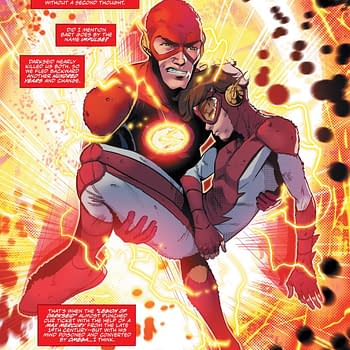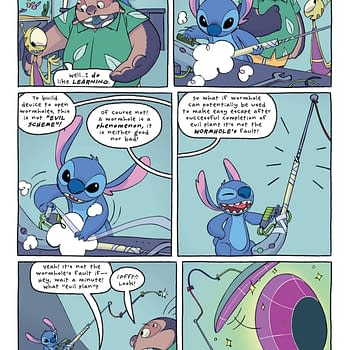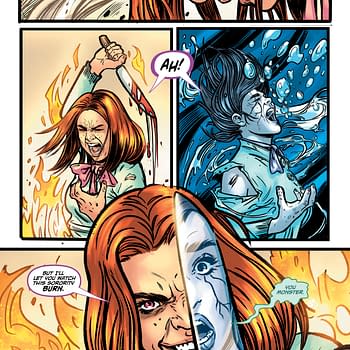Posted in: Comics, san diego comic con | Tagged: boom studios, Christopher Sebela, Comics, entertainment, matt gagnon, paul jenkins, sdcc
SDCC: Breaking Into Comics Right Now According to BOOM! Studios
Michele Brittany writes for Bleeding Cool:
"This is my favorite panel to do," started BOOM! Studios Editor-in-Chief Matt Gagnon. Several BOOM! Studios writers and artists jointed Gagnon – it felt like a who's who of titles I have been reading this past year, so I was immediately anxious to hear what the panel had to say.

Dead Letters and High Crimes writer Christopher Sebela was passing around for two years Screamland at the cons before he got the opportunity to pitch High Crimes at Monkey Brains on 2013. He said, "I still feel like I'm breaking in!"

"In high school when the choice was comics or girls, I chose girls," writer and animator Royden Lepp confessed and added, "now I'm married so I can chose comics." He was picked up by Harper Collins. Unfortunately, he had three unpublished novels, Rust, when the publisher closed their graphic novels line. Lepp took his volumes to Archaia, who have since published all three volumes in beautiful cloth hardcovers and a fourth is on the way. He believes that "you have to be willing to do the work yourself."
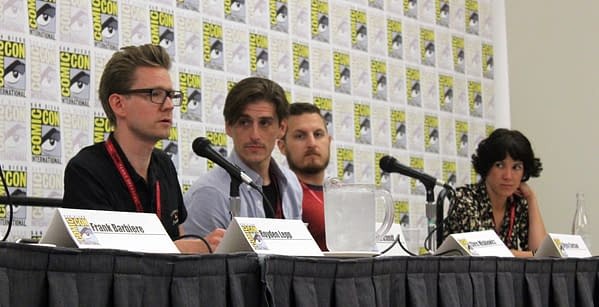
Chris Miskiewicz, the other half of the creative team for Thomas Alsop, fell into a creative group in his hometown of New York City. He was constantly making pitches and decided to pull together an anthology and offer it online for free. It was titled Everywhere. The rest was history after a fortuitous meeting with Schmidt. Miskiewicz revealed that he carries his iPad all the time and says to "just keep writing."

Chuckling, newcomer Vanesa R. Del Rey said to the packed room, "I was just found." And she was not lying. She was found through her online art profile and BOOM! Studios asked her to test. You might know her work: she was the artist for Hit.
Gagnon shared his story last. Originally from Arizona, his retail experience and creating comics for the love of it, landed him at Meltdown Comics. He eventually became a buyer, which allowed him to meet industry people and network. He said, "You have to out yourself out there and find a comic book community to engage with." Others panelists were quick to agree. Barbiere said that he went to the cons and developed his community at way and he "became part of the overall culture."
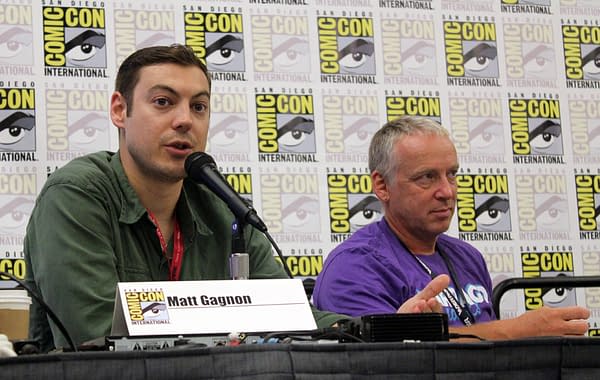
All panel photographs by Michele Brittany.
Michele Brittany is an independent popular culture scholar and semi-professional photographer and editor of the forthcoming title James Bond and Popular Culture: Essays on the Influence of the Fictional Superspy (McFarland & Company). She regularly posts reviews and analysis on the spy/espionage genre on her blog, Spyfi & Superspies.










